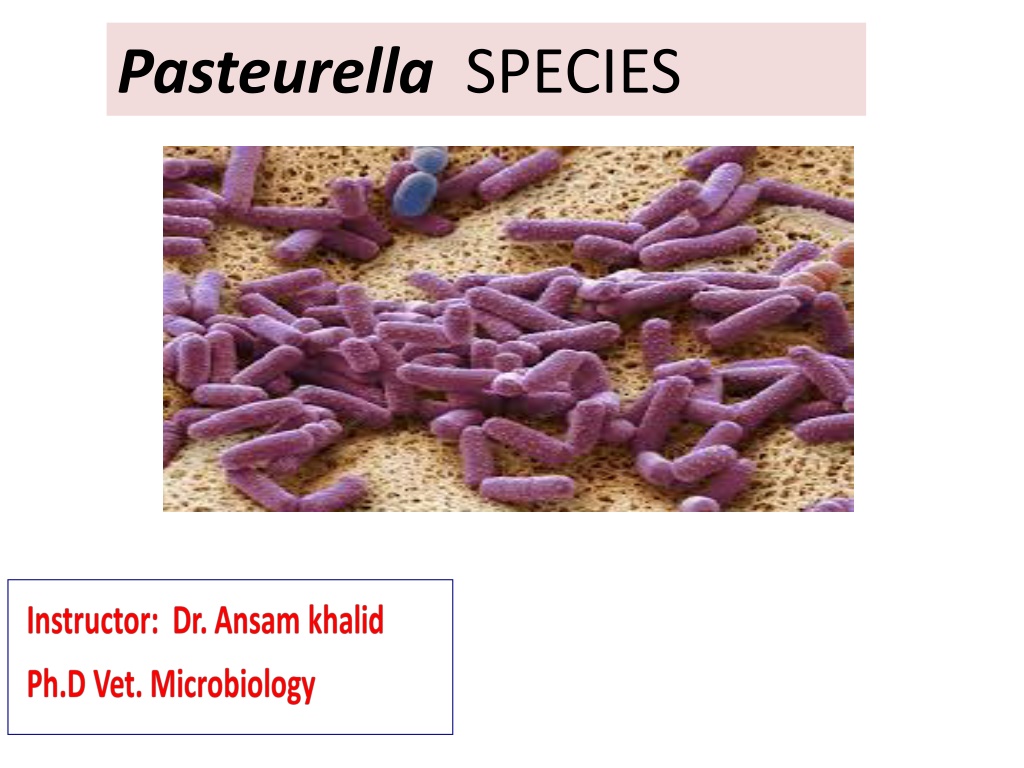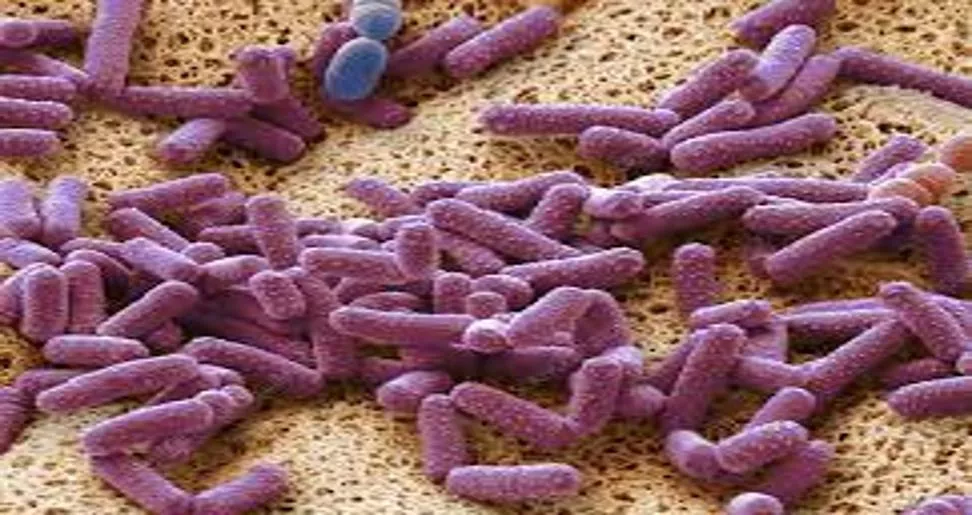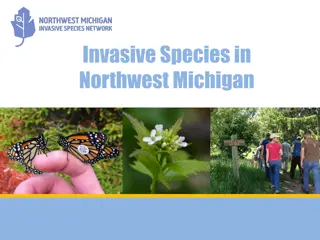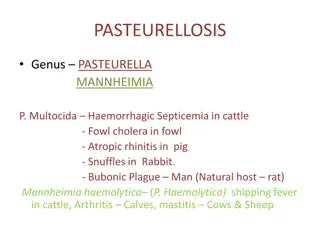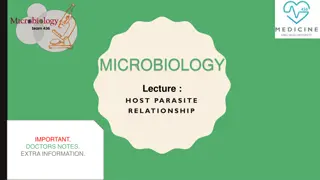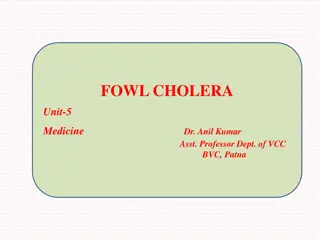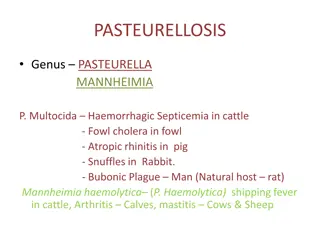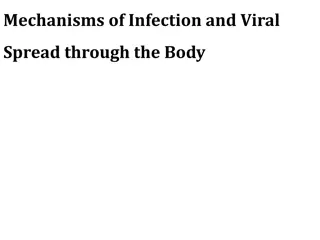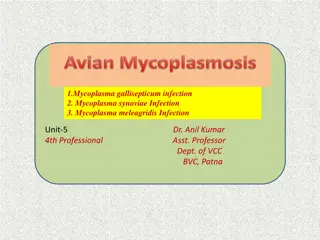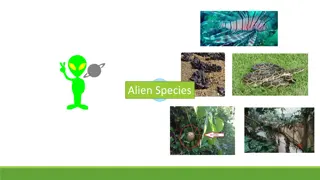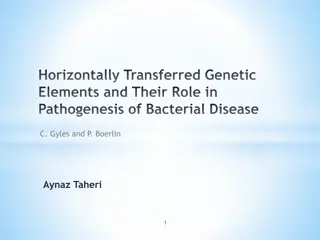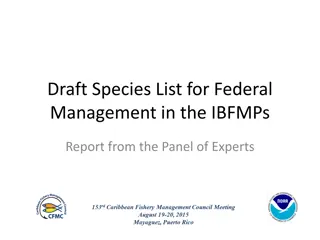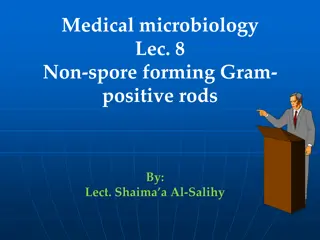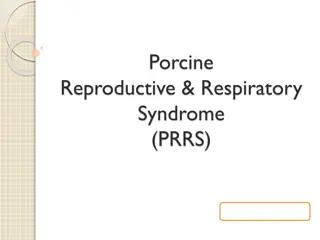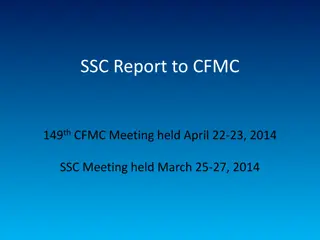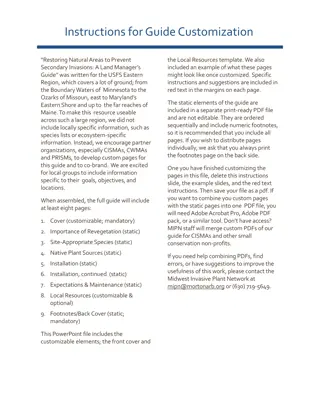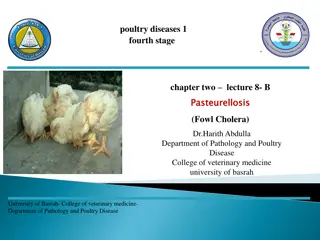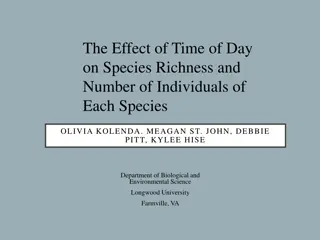Pasteurella Species and Virulence Factors
Pasteurella species are gram-negative coccobacilli causing diseases in animals and birds. They are non-motile, facultative anaerobes, oxidase-positive, and produce acid from sugars. They are closely related to Actinobacillus, challenging to phenotypically differentiate. Virulence factors include capsule formation and production of lipases. Infections usually affect the respiratory system of animals, with human infections rare but presenting as wound, bone, and joint infections.
Download Presentation

Please find below an Image/Link to download the presentation.
The content on the website is provided AS IS for your information and personal use only. It may not be sold, licensed, or shared on other websites without obtaining consent from the author.If you encounter any issues during the download, it is possible that the publisher has removed the file from their server.
You are allowed to download the files provided on this website for personal or commercial use, subject to the condition that they are used lawfully. All files are the property of their respective owners.
The content on the website is provided AS IS for your information and personal use only. It may not be sold, licensed, or shared on other websites without obtaining consent from the author.
E N D
Presentation Transcript
-gram negative, Non-motile, facultative anaerobic coccobacilli or rods - Causes chicken cholera and hemorrhagic septicaemia in different animals and birds - Most species are oxidase positive, catalase positive and alkaline phosphatase positive and reduce nitrate to nitirite - Most species produce acid form glucose, fructose, mannose and sucrose and do not hydrolyse starch, produce urease .
- Pasteurella related to animal Actinobacillus are difficult to distinguish phenotypically
- Pasteurella related to animal Actinobacillus are difficult to distinguish phenotypically (both are catalase +ve, oxidase +ve, gram ve coccobacilli that reduce nitreate to nitrite and also produce urease) - non motile, gram ve facultative anaerobic rods or coccobacilli with bipolar staining. - - Non sporing, capsulated in culture at 37 C after 24hrs of incubation - Oxidase and indole positive - Do not grow on MacConkey Agar and other types of selective media and differential media but grow on Blood Agar
- Non hemolytic - A characteristic odor (like E.coli but more pungent) is noted, perhaps due to formation of large amount of indole by organism
Virulence factors: 1- Capsule: some strains of P. multocida are capsulated classified in to five serogroups (A,B.C,D,E,F) based on capsular composition. 2- Exotoxin adhesin (Dermonecrotic toxin): essential virulence factor for development of increasing respiratory tract infection. 3- Production of lipases
Pathogenesis: They are usually infect respiratory tract of animals like rabbits, rats, horses, sheep, birds, dogs, cats - Most infection in human are acquired from animal contact - Human infections are rare - Infection of respiratory system: bronchitis, pneumonia. - Systemic infections including meningitis in immunosuppression patients. - Atrophic rhinitis in swine -pneumonia, abscess formation, otitis septicaemia in laboratory rabbits - Human infections include: Wound infections characterized by rapid development of pain, erythema, with or without abscess formation Bone and joint infection Liver diseases occur in immunosuppression host.
Most important species include: P.multocida is most usually recovered Pasteurella species from human specimens and is also recovered from a wide type of animals. In some animals it causes fever and hemorrhagic septicaemia in cattle Cholera in fowl Highly contagious & affects a wide range of domesticated and wild birds in most countries. Septicemia with high morbidity and mortality (up to 70%) mature chickens are more sensitive than birds less than 16 weeks of age.
P. pneumotropica: it is a part of normal flora of respiratory tract of dogs, cats, rats and mice. In lab rodents, it causes lower respiratory tract infections and abscesses. Human infections caused by P. pneumophila include meningitis, bacteremia and joint infections. P. aerogens: it is a part intestinal flora of swine.This organism is also associated with abortion and still birth in animals such as pigs, dogs, rabbits. P. canis and P. stomatis: isolated from wound infections result from dog bites. Causes wound infection in human host P. dagmatis: normal flora of oral cavity of dogs and cat and is associated with bites and scratches from these animals. Human infections caused by bacteremia and endocarditis.
Transmission: -Endogenoue:- may invade tissue of immunosuppression animals - Exogonnous :- direct contact aerosol pasteurella Lab diagnosis: Specimens: swab from wounds, CSF in case of meningitis, secretions or sputum in case of respiratory infections 1. Direct microscopy: gram staining (gram ve) coccobacilli or rods
2. Culture: specimens cultured on BA and CA. Smooth, large gray colonies after overnight incubation at 35-37 C . 3. Biochemical tests: indole +ve, oxidase +ve urease +ve, alkaline phosphatase +ve
